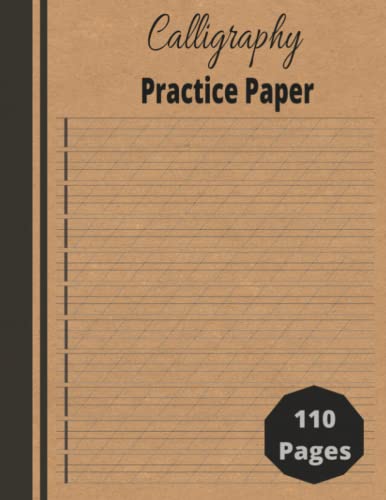What is calligraphy paper?
Calligraphy paper is a special kind of paper used exclusively for writing calligraphy. It is thicker than regular paper, which allows it to absorb ink without bleeding. Calligraphy paper has a coarse texture which allows the ink to stay in place, making it ideal for creating sharp, clear lines and strokes.
How does calligraphy paper work?
The unique texture of calligraphy paper is what differentiates it from regular paper. The surface of calligraphy paper has tiny fibers and small bumps, which create a slightly rough surface. This surface texture is necessary for the ink to adhere to the paper and not bleed through. Ink is absorbed into the tiny spaces on the paper’s surface, which stops it from spreading and bleeding. As a result, the ink dries faster, allowing for sharper and crisper calligraphy.
Why is calligraphy paper necessary?
Calligraphy is all about precision, and any slight variation or bleeding of ink can ruin the final product. This is why calligraphy paper is necessary. Using regular paper can cause ink to spread and bleed, resulting in blurred or smudged letters. The rough surface of calligraphy paper allows the ink to remain in place, making it easier to control and creating more accurate lines and strokes.
Types of calligraphy paper
There are several types of calligraphy paper available, each with its unique characteristics. Rice paper, for example, is thin and delicate, making it perfect for creating exact lettering. Bristol board is heavier than regular paper, allowing it to absorb ink well, while being smooth to write on. Watercolor paper is also an excellent option for calligraphy, allowing ink to remain in place without blending, while adding texture to the final product.
Calligraphy paper is a necessary tool for anyone interested in pursuing calligraphy. Its unique texture and thickness allow for precise lines and strokes, while preventing ink from bleeding or smudging. There are several types of calligraphy paper available, each offering different characteristics to suit individual preferences. So, if you’re looking to tackle calligraphy, investing in high-quality calligraphy paper is a must.






